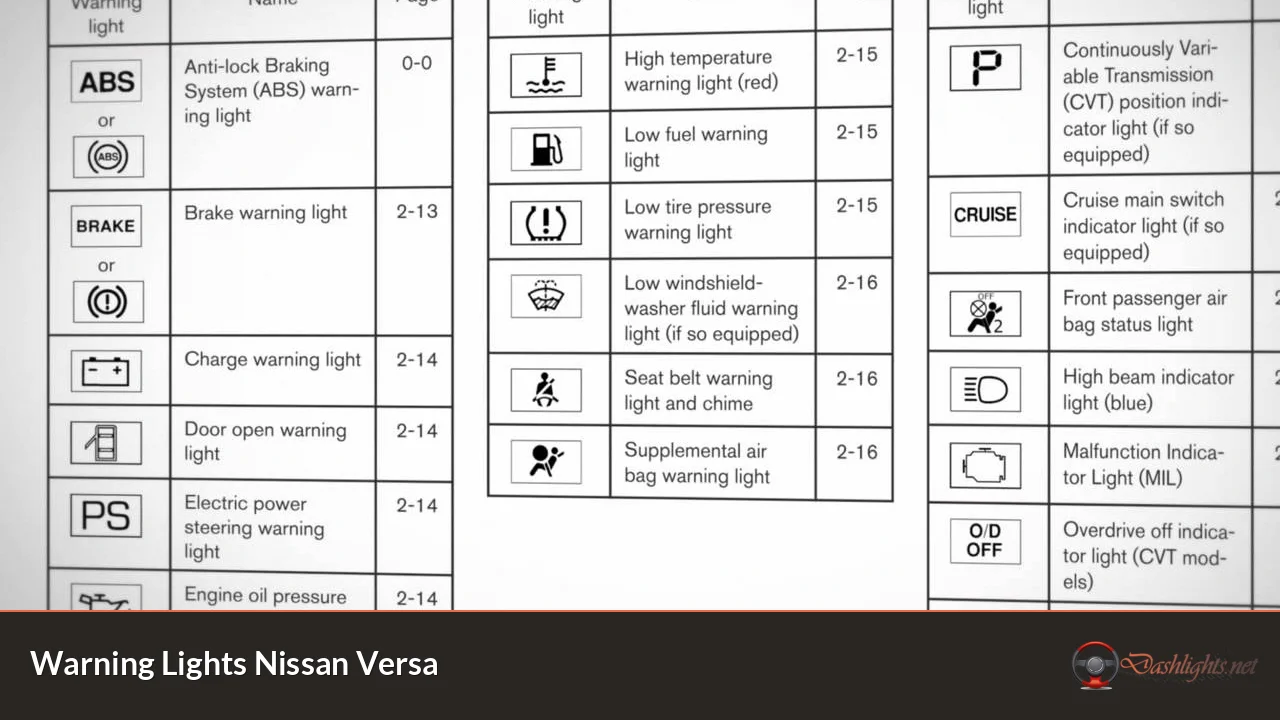The Importance of Warning Lights in Modern Vehicles
In today’s automotive landscape, safety and reliability heavily hinge on the efficient functioning of various vehicle systems. Among these integral components are warning lights—these illuminated indicators serve as your vehicle’s way of communicating with you about its operational status. Understanding warning lights is crucial for maintaining your car's performance, preventing breakdowns, and ensuring your safety on the road. When illuminated, they signal issues ranging from minor inconveniences to critical malfunctions that could pose safety risks. By responding promptly to these warnings, you can protect both your vehicle and your well-being, making understanding warning lights an essential skill for every driver.
Warning Light Overview
One prevalent warning light found in most vehicles is the Check Engine Light (CEL), typically represented by an amber or yellow engine icon. This light can vary slightly in design among different manufacturers but generally depicts an engine silhouette. The CEL’s general meaning encompasses a wide array of issues within the engine or vehicle systems. Its urgency level can range from low, indicating a minor problem such as a loose gas cap, to high, alerting you to significant engine or transmission issues that could compromise your vehicle's safety and functionality.
Possible Causes
When the Check Engine Light illuminates, it can be triggered by various factors, including:
- Loose Gas Cap: A frequently overlooked cause, a loose or damaged gas cap can allow fuel vapors to escape, triggering the CEL.
- Oxygen Sensor Failure: The oxygen sensors monitor exhaust gases and their failure can lead to decreased fuel efficiency and increased emissions.
- Catalytic Converter Issues: This component is critical for controlling emissions; failure can cause the engine to run inefficiently and may even lead to severe engine damage if not addressed.
- Mass Airflow Sensor Malfunction: This sensor gauges the amount of air entering the engine, and its failure can disrupt the air-fuel mixture necessary for optimal performance.
- Spark Plug or Ignition Coil Issues: Faulty spark plugs or coils can lead to rough idling, decreased power, and increased fuel consumption.
- Fuel Injector Problems: Clogged or malfunctioning fuel injectors can impair fuel flow, causing misfires or rough engine operation.
- Engine Overheating: An overheated engine can trigger the CEL and, if ignored, can lead to significant engine damage.
Associated Systems
The Check Engine Light is closely linked to several essential vehicle systems, including the engine management system, exhaust system, and fuel delivery system. Each of these systems interacts intricately; for instance, a malfunctioning oxygen sensor can affect the air-fuel mixture, potentially leading to engine performance issues. Additionally, problems with the fuel delivery system can cause the exhaust system to emit higher levels of pollutants, further exacerbating engine inefficiency and leading to higher emissions. Thus, the CEL serves as a critical warning not only for the engine but also for the overall vehicle health.
Diagnostic Steps
-
Using OBD-II Scanners: Connect an OBD-II scanner to your vehicle’s diagnostic port, usually found beneath the dashboard. This scanner reads the Diagnostic Trouble Codes (DTCs) stored in the vehicle’s computer, helping pinpoint the specific issue.
-
Visual Inspection Procedures: Conduct a thorough visual inspection of the engine compartment. Look for obvious signs of damage, such as disconnected hoses, leaking fluids, or corroded battery terminals.
-
Necessary Tools for Diagnosis: Useful tools include a torque wrench for tightening loose components, multimeter for checking electrical issues, and a vacuum gauge for monitoring engine vacuum pressures.
Recommended Actions
When the Check Engine Light appears, the immediate step is to check for a loose gas cap and tighten it if necessary. If the light persists, it is advisable to seek further diagnosis. Continuously driving with the CEL illuminated is not recommended, especially if the vehicle exhibits unusual behavior such as rough idling or loss of power. Always consult the vehicle’s owner’s manual for specific guidance related to your make and model.
Potential Repairs
Repairing the triggers for the CEL can encompass a variety of fixes, depending on the underlying cause. Common repair procedures include:
- Replacing the gas cap: $15 – $30 for parts.
- Oxygen sensor replacement: $100 – $300 for parts and labor.
- Catalytic converter replacement: $1,000 – $2,500.
- Spark plug replacement: $100 – $200.
The feasibility of DIY repairs largely depends on your mechanical skill level. While some issues like a loose gas cap are straightforward, others such as replacing a catalytic converter require specialized knowledge and tools.
Preventive Measures
To avoid triggering the Check Engine Light, consider these preventive tips:
- Regular Maintenance: Adhere to your vehicle’s recommended maintenance schedule, including fluid changes and engine checks.
- Quality Fuel: Use high-quality fuel and additives that can help maintain engine cleanliness.
- Early Warning Signs: Pay attention to irregular engine sounds, drops in fuel efficiency, or diminished vehicle performance.
Common Misconceptions
-
The CEL means the car will immediately break down: Many drivers worry that the light indicates imminent failure, but the cause can often be minor.
-
Ignoring the light is fine if the car drives normally: Even if the vehicle seems fine, neglect could lead to more severe issues over time.
-
All cars have the same warning lights: Different manufacturers have unique warning light symbols, and the meanings can vary slightly depending on the model.
Final Words
Recognizing the significance of warning lights like the Check Engine Light is a fundamental aspect of vehicle ownership. Ignoring this crucial feedback can result in minor issues escalating into costly repairs or even hazardous driving conditions. As such, vehicle owners are urged to familiarize themselves with their vehicle’s warning lights, respond promptly to alerts, and consult with professionals when in doubt. Remember, maintaining open communication with your vehicle is key to ensuring its longevity and your safety on the road. Stay vigilant, and don’t underestimate the importance of those small lights on your dashboard—they can save you time, money, and stress in the long run.

